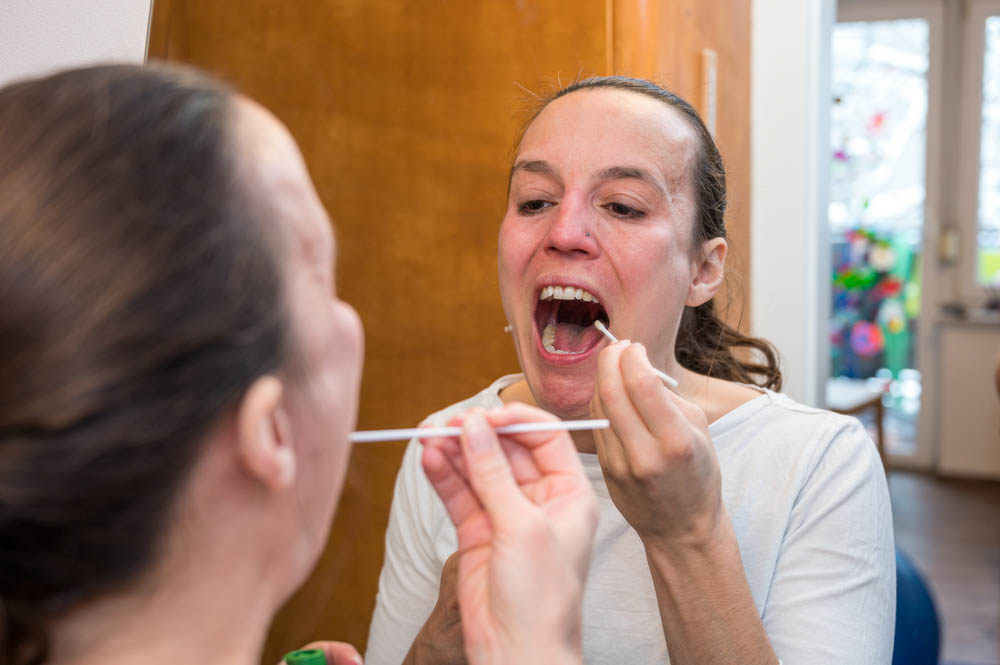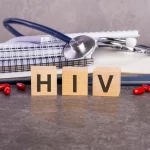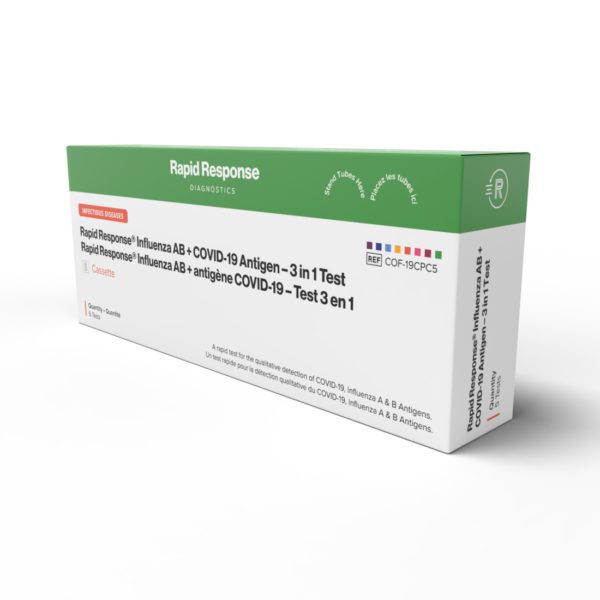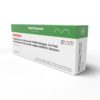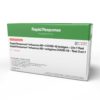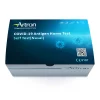Rapid tests play a crucial role in early detection and containment efforts of infectious diseases like COVID-19. Among the various testing methods available, throat swabs have emerged as a viable option in assessing the presence of the virus.
This comprehensive guide will discuss how to swab your throat using rapid tests and their relevance for detecting COVID-19.
Are throat swabs better?
When it comes to COVID-19 testing, nasal samples have traditionally been the go-to method due to their ability to collect samples from the nasopharynx, where the virus is commonly present. However, recent research and evidence suggest that throat swabs can be just as effective in detecting the virus.
Studies have found comparable sensitivity between nasal swabs and throat swabs, indicating that both methods can yield accurate results, but the combined throat and nasal swab samples yielded higher positive results.
These studies don’t suggest that a throat swab is better, but if you’re more comfortable with a throat swab and your rapid antigen test kit allows it, you can certainly do one.
Should you try swabbing your throat anyway?
While nasal swabs remain the primary choice for many healthcare professionals when doing rapid antigen tests, there are situations where swabbing the throat may be a viable alternative. Here are some of the benefits of performing a throat swab.
Non-invasive and comfortable
Unlike nasal swabs, which have noted safety concerns, throat swabs are generally considered less invasive and more comfortable. This makes them a preferred option for those who may find nasal swabbing unpleasant or challenging due to anatomical factors or sensitivity.
Ease of self-collection
Throat swabs are relatively easy to self-administer, which allows convenient and accessible testing. You can perform the swabbing procedure in the comfort of your home, reducing the need for frequent visits to healthcare facilities, especially in areas with limited access to testing centers.
Comparable accuracy
Research has demonstrated that throat swabs exhibit comparable sensitivity to nasal swabs in detecting the SARS-CoV-2 virus. Throat swabs can provide accurate results, making them a reliable option for COVID-19 testing.
However, following proper collecting techniques and guidelines is important to ensure optimal sample collection.
Viable alternative for certain populations
Throat swabs are particularly beneficial for individuals who may have difficulty tolerating nasal swabs. This includes:
- Young children
- People with nasal congestion
- People with structural abnormalities
- Those who experience anxiety or discomfort with nasal sampling
Throat swabs provide a practical solution for these populations by offering an alternative sampling site.
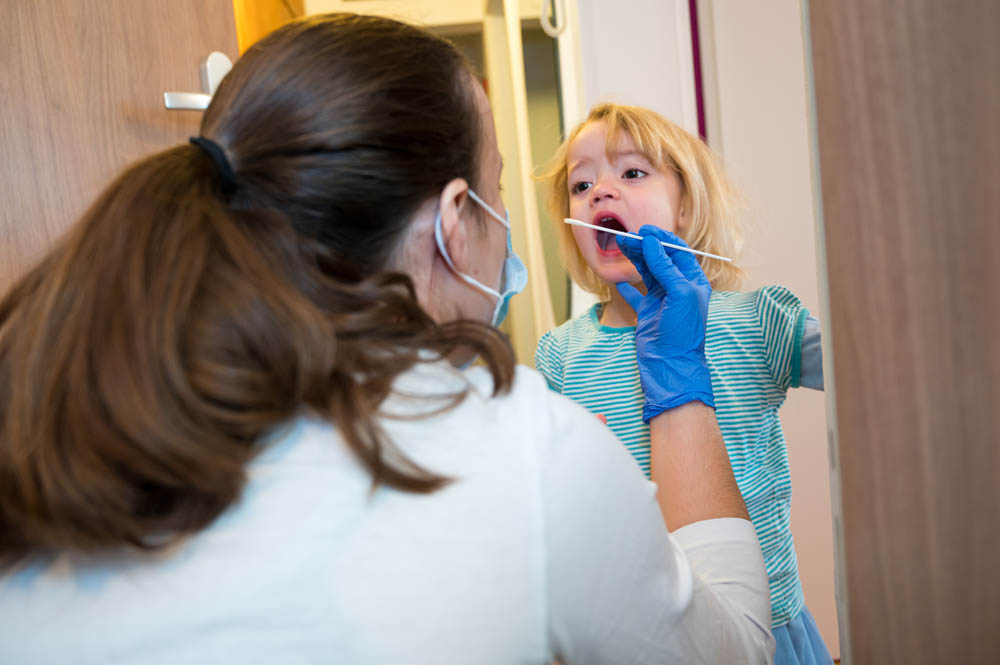
Will a throat swab give you an accurate COVID test result?
Accuracy means the ability of a test device to give a positive result in patients with the disease. When it comes to throat swabs as a testing method, several factors influence their accuracy and reliability, which include:
- Test sensitivity
- Quality of sample collection
- Test manufacturer differences
Studies have shown that both throat and nasal swabs can accurately detect the presence of the SARS-CoV-2 virus. Research comparing the sensitivity of throat swabs to nasal swabs has demonstrated similar levels of accuracy between the two methods. In a separate study, researchers found that more patients tested positive using a saliva sample compared to a nose swab when tested for Omicron infection.
However, test sensitivity can also be influenced by various factors, including the viral load in the tested individual.
The viral load refers to the amount of virus present in the body. During the COVID-19 infection, the viral load typically fluctuates and peaks around the time symptoms appear, which includes sore throat or fever. In some cases, the viral load may be higher in the throat than in the nasal passages, making throat swabs an effective means of detection.
However, in later stages of the disease, when the virus is predominantly localized in the lower respiratory tract, throat swabs may yield more negative results than nasopharyngeal or lower respiratory tract sampling.
Another crucial factor that impacts the accuracy of throat swabs is the quality of sample collection. Proper technique and adequate sample collection are vital for obtaining reliable results.
Ensure that the swab comes into contact with the back of the throat, including the tonsils and any visible mucus or secretions. Insufficient sample collection or improper technique may lead to false negatives or reduced sensitivity.
To maximize the accuracy of throat swabs, it’s recommended to follow the specific instructions provided with the rapid test kit or consult with healthcare professionals. They can guide the appropriate technique and ensure proper sample collection.
Test manufacturers also play a significant role in determining the accuracy of rapid tests, including throat swabs. Different test kits may have varying levels of sensitivity and specificity.
How to swab your throat for COVID
Accurate sample collection is crucial when swabbing your throat for a COVID-19 test. Following the correct procedure ensures an adequate throat sample amount, increasing the likelihood of getting reliable results.
Here is a step-by-step guide on how to properly swab your throat for a COVID-19 test.
- Begin by thoroughly washing your hands with soap and water for at least 20 seconds. This step helps minimize the risk of contamination during the sampling process.
- Open the rapid test kit and familiarize yourself with its components and instructions since different test kits may have variations in the swab type or specific guidelines.
- Tilt your head back slightly to expose the back of your throat. If needed, use a mirror to visualize the area that needs to be swabbed.
- Extend your tongue and try to relax your throat muscles. This can help facilitate easier access to the back of the throat and reduce the likelihood of gagging.
- Take the provided sterile swab and gently rub the same swab against both sides of your throat, focusing on the tonsils and the back of your throat. Make sure that there’s adequate contact with the mucus and secretions. Apply enough pressure to collect a good sample but be careful not to cause discomfort or injury.
- Keep the swab in contact with the throat for a few seconds to allow for sufficient sample absorption onto the swab’s fibers.
- Carefully remove the swab from your throat. Be cautious not to touch any other surfaces to avoid potential contamination.
- Follow the specific test instructions provided with your rapid test kit for further sample processing. This may include placing the swab into a test tube containing a particular solution, breaking off the swab handle or sealing the sample for laboratory analysis.
To prevent cross-contamination and ensure accurate test results, handle the swab and sample with care. Follow the test kit instructions regarding sample storage, transportation and processing time frames.
If you experience any difficulty or discomfort while swabbing your throat, seek assistance from a healthcare professional. They can guide you through the process or perform the necessary swabbing procedure. Self-collection tests, including throat swabs and saliva tests, should be used by local health guidelines and regulations. Always consult with healthcare professionals for advice on testing protocols, result interpretation and appropriate follow-up actions.
